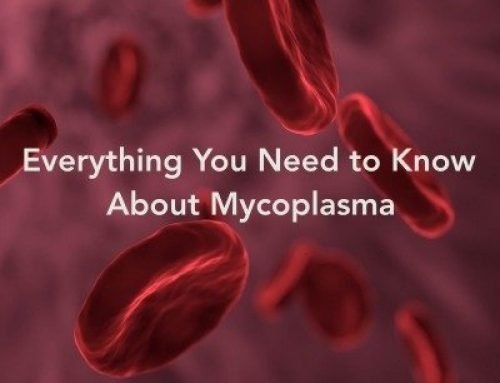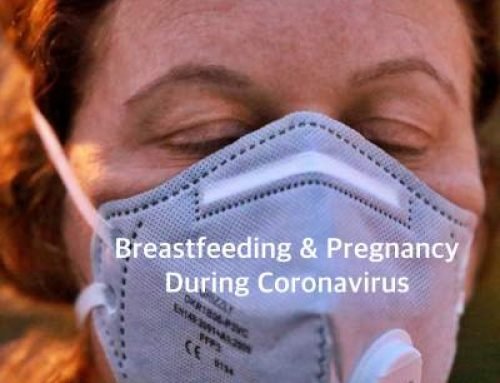Hyperprolactinemia (high prolactin levels)
Hyperprolactinemia (high prolactin levels)
[one_half last=”no” spacing=”yes” background_color=”” background_image=”” background_repeat=”no-repeat” background_position=”left top” border_size=”0px” border_color=”” border_style=”” padding=”” class=”” id=””]
What is Prolactin?
Prolactin is a hormone produced by your pituitary gland which sits at the bottom of the brain. Prolactin causes breasts to grow and develop and causes milk to be made after a baby is born. Normally, both men and women have small amounts of prolactin in their blood. Prolactin levels are controlled by other hormones called prolactin inhibiting factors (PIFs), such as dopamine. During pregnancy, prolactin levels go up. After the baby is born, there is a sudden drop in estrogen and progesterone. High prolactin levels trigger the body to make milk for breastfeeding. In women who aren’t pregnant, prolactin helps regulate the menstrual cycle (periods). In men, prolactin affects sperm production.
What is hyperprolactinemia?
Hyperprolactinemia is a condition of too much prolactin in the blood of women who are not pregnant and in men. Hyperprolactinemia is relatively common in women. About a third of women in their childbearing years with irregular periods but normal ovaries have hyperprolactinemia. When this happens, a woman might have trouble getting pregnant or her breasts may start producing milk outside of pregnancy (galactorrhea). Ninety percent of women with galactorrhea also have hyperprolactinemia. High prolactin levels interfere with the normal production of other hormones, such as estrogen and progesterone. This can change or stop ovulation (the release of an egg from the ovary). It can also lead to irregular or missed periods. Some women have high prolactin levels without any symptoms.
In men, high prolactin levels can cause galactorrhea, impotence (inability to have an erection during sex), reduced desire for sex, and infertility. A man with untreated hyperprolactinemia may make less sperm or no sperm at all.
What are common causes of hyperprolactinemia?
Some common causes are:
• Pituitary tumors (prolactinomas)
• Hypothyroidism (underactive thyroid)
• Medicines are given for depression, psychosis, and high blood pressure
• Herbs, including fenugreek, fennel seeds, and red clover
• Irritation of the chest wall (from surgical scars, shingles, or even a too-tight bra)
• Stress or exercise (usually excessive or extreme)
• Certain foods
• Nipple stimulation
No cause is found in about a third of all cases of hyperprolactinemia.
How is hyperprolactinemia tested?
Blood tests can measure levels of prolactin. Levels are sometimes higher if you have eaten recently or are under stress. The test may be done again after you’ve fasted and are relaxed. Your doctor may also perform a physical exam to find any obvious causes or any breast discharge.
If levels are still high after the second check, your doctor may ordera magnetic resonance imaging (MRI) scan of the brain to check for a tumor of the pituitary gland.[/one_half][one_half last=”yes” spacing=”yes” background_color=”” background_image=”” background_repeat=”no-repeat” background_position=”left top” border_size=”0px” border_color=”” border_style=”solid” padding=”” class=”” id=””]
How is hyperprolactinemia treated?
The treatment depends on the cause. If no cause is found or you have a tumor of the pituitary gland, the usual  treatment is medicine. Hypothyroidism is treated with thyroid replacement medicine, which should also make prolactin levels return to normal. If your regular medicine is the reason for your high prolactin levels, your doctor will work with you to find a different medicine or add one to help your prolactin levels go down.
treatment is medicine. Hypothyroidism is treated with thyroid replacement medicine, which should also make prolactin levels return to normal. If your regular medicine is the reason for your high prolactin levels, your doctor will work with you to find a different medicine or add one to help your prolactin levels go down.
Medicines used to treat hyperprolactinemia
The most commonly used medicines are cabergoline and bromocriptine. Your doctor will start you on a low dose of one of these medications and slowly increase the dose until your prolactin levels go back to normal. Treatment continues until your symptoms lessen or you get pregnant (if that is your goal). Usually, your doctor will stop treatment once you are pregnant.
Cabergoline is taken twice a week and has fewer side effects than bromocriptine. Generally, cabergoline drops prolactin levels to normal faster than bromocriptine does. Cabergoline can cause heart valve problems when taken in high doses, but these doses are not used in women who are trying to get pregnant.
Bromocriptine and cabergoline can be used when a woman is pregnant. The most common side effects are lightheadedness, nausea, and headache. Slowly increasing the dose helps with side effects. Another way to decrease the side effects is to give bromocriptine in a suppository directly in the vagina. This is an off-
label use of the medicine.
No treatment
Not all women with hyperprolactinemia need treatment, although women with hyperprolactinemia who do not make estrogen, as a result, need a treatment that either causes her to make estrogen or provides estrogen to the patient. No treatment may be needed if a cause can’t be found or if the high prolactin level is due to a small tumor in the pituitary gland and the patient is still making estrogen. Women with hyperprolactinemia can still take birth control pills to keep from getting pregnant or make their periods regular.
Surgery
If a tumor is big, surgery may be needed if medicine doesn’t improve symptoms. An MRI will be done every so often to check on the size of the tumor.
Words to Know
Galactorrhea: When men or women who are not pregnant produce breast milk.
Hypothyroidism: Underactive thyroid.
Pituitary: A walnut-sized gland that sits at the bottom of the brain and releases hormones related to reproduction and growth.
Prolactin inhibiting factor (PIF): A hormone that stops prolactin from being released.
Revised 2014
For more information on this and other reproductive
health topics, visit www.ReproductiveFacts.org[/one_half]
Insurance
Embry Women’s Health is committed to providing quality, affordable health care. We’re in-network with all major insurance plans, including Aetna, Blue Cross Blue Shield, Cigna and UnitedHealthcare. No insurance? No problem. We offer a simple fee schedule for those who wish to pay out-of-pocket. Click the button below for our complete list and more information:














I am not sure where you are getting your information, but great topic.
I needs to spend some time learning more or understanding more.
Thanks for fantastic info I was looking for this info for my
mission.